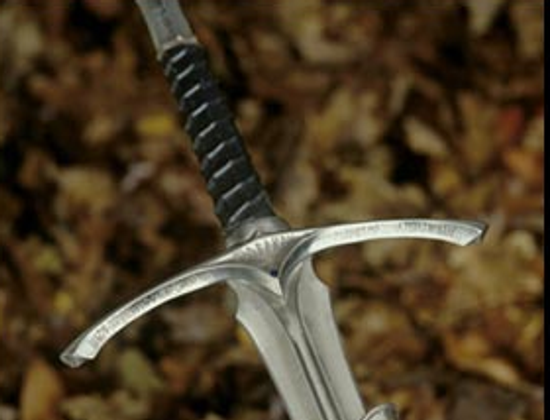Cementation Process For Creating Steel Swords
Posted by Sword N Armory on Jan 30th 2018

Steel swords have always been a desirable item to have. However, today's way of creating these strong and durable steel swords are very different from the way for which they were created back in the late 16th century into the 17th century; when steel swords were something that was needed for everyday life. With modern technology and advances in the world of manufacturing, the old ways of processing these steel swords has become obsolete. This old way of creating steel swords was known as 'cementation'.
The first step of the cementation process involved placing wrought iron and charcoal into several long stone pots, also known as coffins. These coffins were typically 14 feet long, 4 feet wide, and 3.5 feet in depth and located inside of a furnace. The charcoal and the wrought iron when placed into the pots using alternating layers and then covered with a layer of charcoal and refractory matter. This top layer of charcoal and refractory matter was used to make sure that the coffins were sealed tightly without allowing air to flow freely through them. Many times, various manufactures would use a mixture of soot, mineral salts, and charcoal for sealing their coffins. Additionally, these coffins could contain up to 16 tons of iron in one cementation cycle.
Once the iron and the charcoal has been placed into the coffins, they would be heated from the bottom working the heat through to the top. Heating time for the iron depended on the irons particular thickness; generally the heating process could take a week or longer before reaching its ideal condition. These stone coffins were checked frequently until the desired condition was achieved; in which, the heat would be turned off and the coffins would be left to cool down. During the cool down process, it generally took up to two weeks before they would be cooled down enough to remove the iron. Using this process, the steel would initially have just over 1% more carbon than any other form of sword making.
Afterwards, the iron would be shortened, heated, rolled, hammered, or pressed to create shear steal or they would be broken and melted inside of a crucible furnace to create crucible or cast steal.










